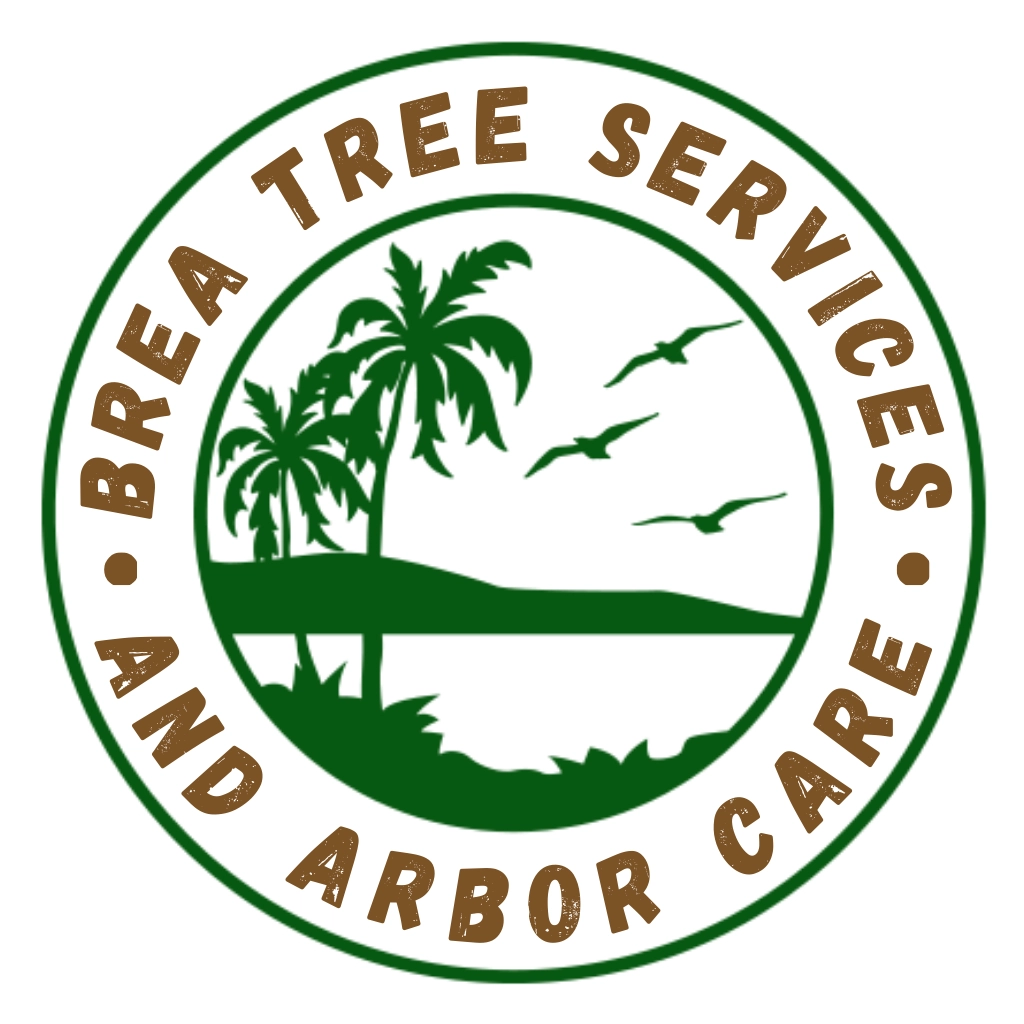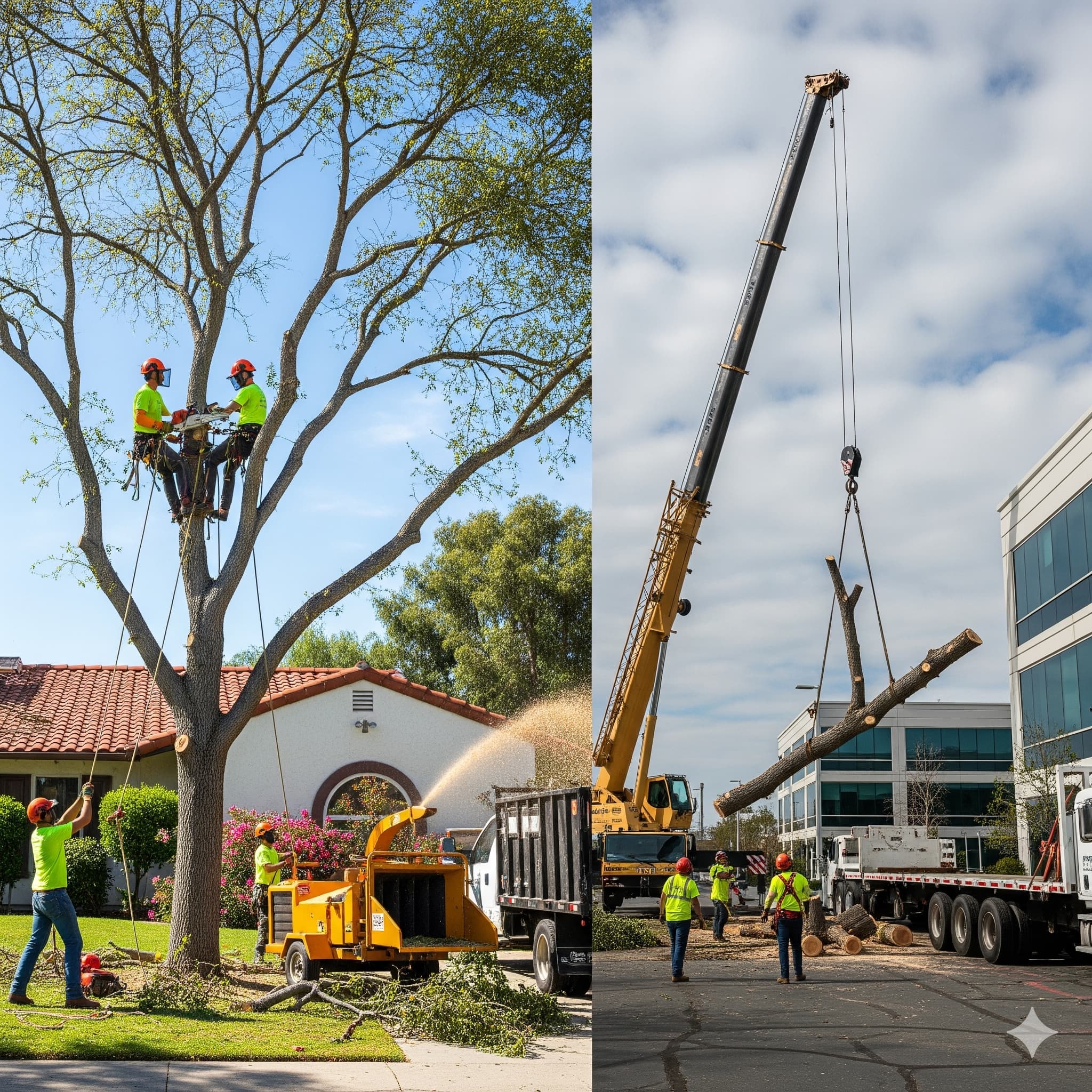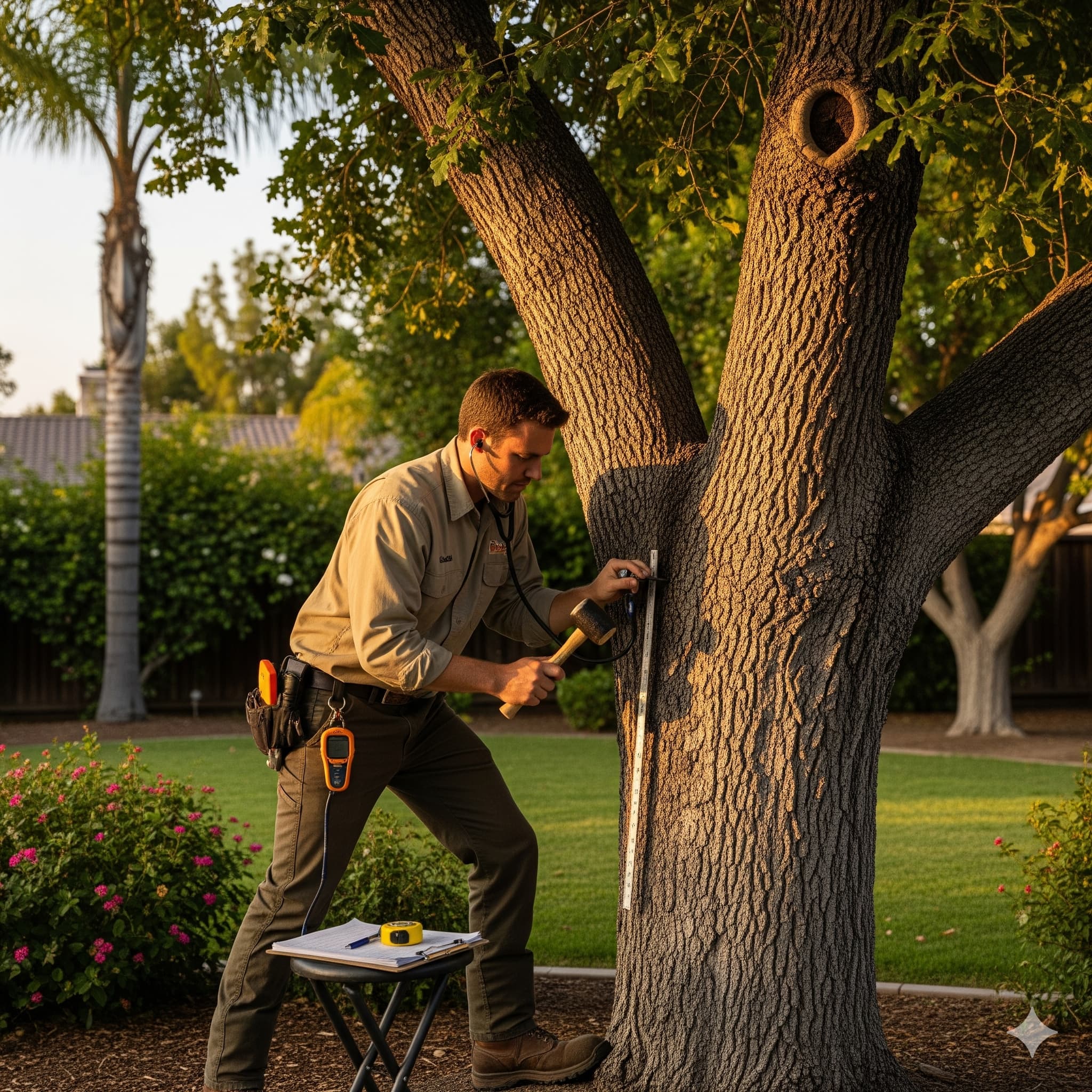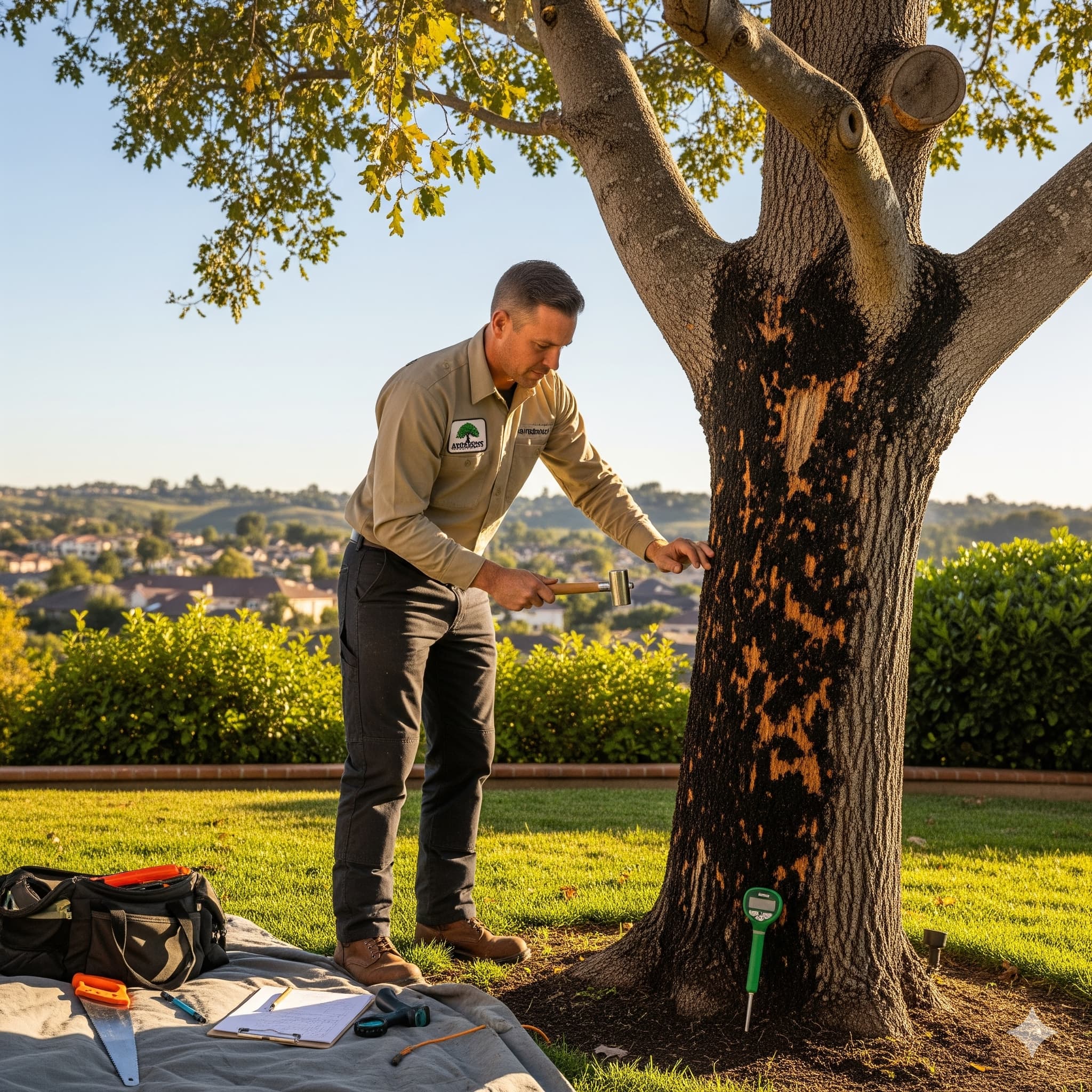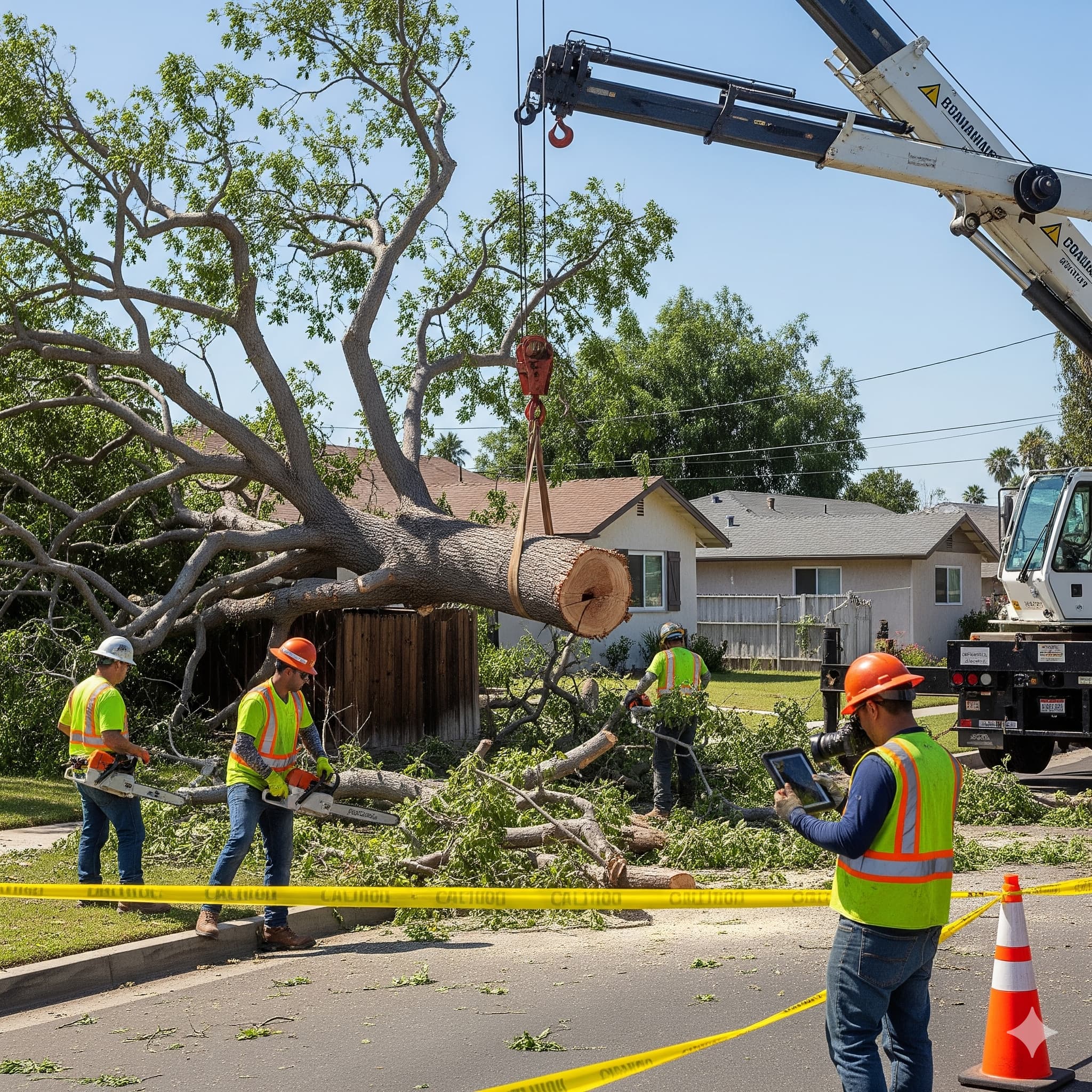
When to Call a Pro for Tree Disease Treatment in Brea
Tree diseases can devastate your Brea landscape faster than you might expect. While some minor issues can be handled with basic care, knowing when professional tree disease treatment becomes essential can save your valuable trees and protect your property investment. At Brea Tree Services & Arbor Care, we help property owners throughout Brea identify the critical warning signs that require immediate professional intervention.
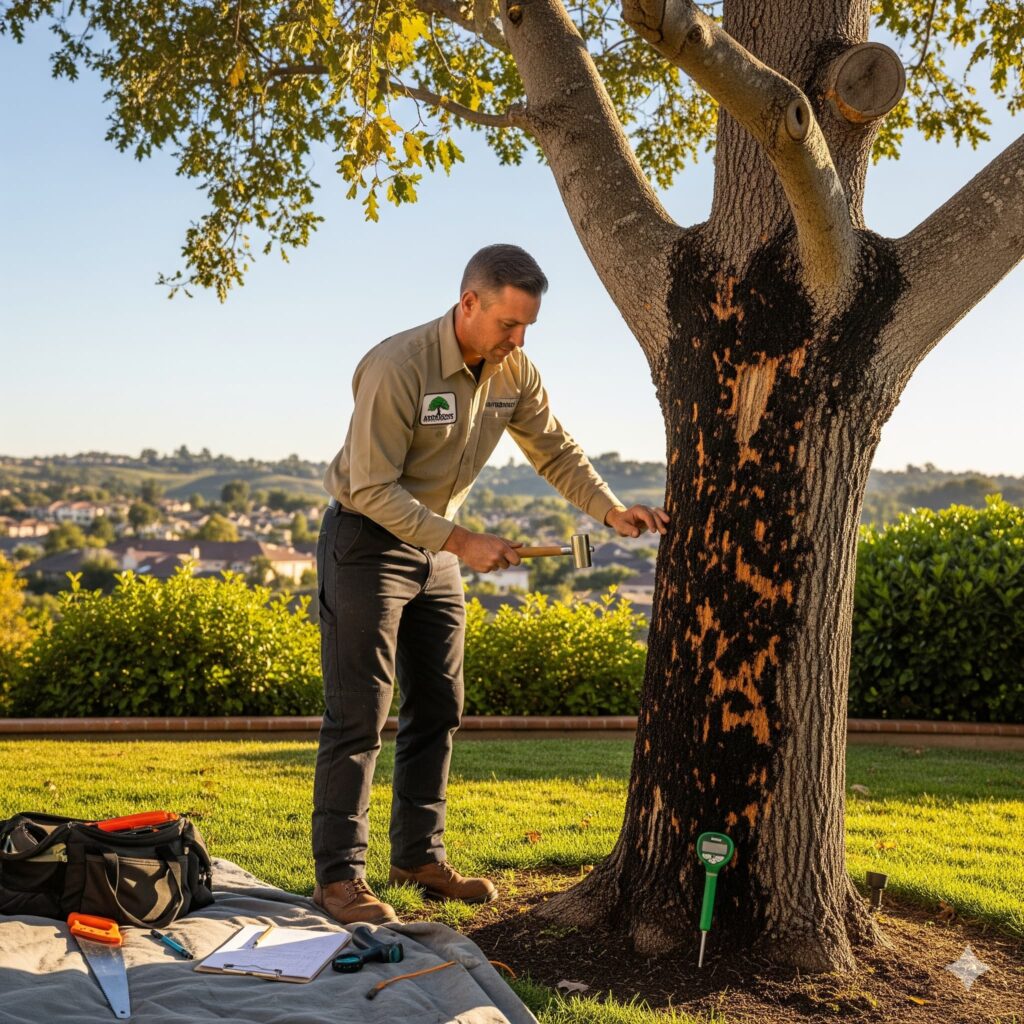
Recognizing Serious Tree Disease Symptoms
Early detection of tree diseases makes the difference between successful treatment and tree loss. Professional tree disease treatment becomes necessary when you observe multiple concerning symptoms simultaneously or when single symptoms appear severe and rapidly progressing.
Sudden Oak Death: California’s Most Serious Threat
Sudden Oak Death represents the most devastating tree disease affecting California’s oak population. This disease causes leaf spots, twig dieback, and bark cankers, particularly threatening Coast Live Oaks throughout Brea. The disease is caused by the water mold pathogen Phytophthora ramorum and can affect other species, including bay laurel, pepperwood, and Coast redwood.
If you notice dark cankers on oak trunks accompanied by reddish-brown sap bleeding, immediate professional tree disease treatment is essential. This pathogen spreads rapidly during wet weather conditions and can kill mature oaks within months of infection.
Oak Wilt: Rapid Tree Killer
Oak wilt is a deadly fungal disease caused by Bretziella fagacearum, which disrupts the tree’s water-conducting system. Symptoms include browning and bronzing of leaves from margins toward the stem, followed by rapid wilting and premature leaf drop. Red oaks often die within four weeks of first symptoms appearing.
Professional intervention becomes critical because oak wilt spreads through root grafts between trees and insect vectors. Without immediate treatment using systemic fungicides and proper containment measures, the disease can devastate entire oak groves throughout neighborhoods near Carbon Canyon Regional Park and other heavily wooded Brea areas.
When DIY Tree Care Isn’t Enough
Several situations require professional tree disease treatment rather than homeowner intervention. Understanding these scenarios protects both your trees and your family’s safety while ensuring compliance with California’s strict pesticide regulations.
Advanced Fungal Infections
Armillaria root rot, also known as honey fungus, attacks tree root systems and causes slow decline followed by sudden tree death. You’ll notice honey-colored mushrooms at the tree base, yellowing foliage, and reduced growth. This fungal disease requires specialized soil treatment and often affects multiple trees simultaneously.
Hypoxylon canker appears as sunken areas on branches and trunks, often targeting stressed trees. This destructive fungus takes advantage of oaks weakened by drought, soil compaction, or construction damage. Professional diagnosis and treatment prevent the disease from spreading to healthy trees in your landscape.
Complex Bacterial Diseases
Bacterial leaf scorch, caused by Xylella fastidiosa, creates scorched leaf edges and progressive branch dieback. Leafhoppers and spittlebugs spread this disease between trees, making professional treatment essential for containment. The bacteria invade the tree’s water-conducting tissues, causing permanent damage without proper intervention.
These bacterial infections require specific antibiotic treatments that only licensed professionals can legally apply in California. Attempting DIY treatment often worsens the infection and may violate state pesticide regulations.
California Pesticide Regulations and Professional Requirements
California maintains the nation’s strictest pesticide regulations through the California Department of Pesticide Regulation (DPR). Professional tree disease treatment requires specific licensing and certification that homeowners cannot obtain for commercial-grade treatments.
Licensed Professional Requirements
Our certified arborists maintain Qualified Applicator Licenses (QAL) and complete required continuing education every two years. This includes a minimum of 20 hours of approved courses, with specific training in pesticide laws and regulations. We’re registered with Orange County and maintain all required permits for professional pesticide applications.
Professional-grade fungicides like propiconazole and phosphorous acid treatments require proper mixing, application timing, and safety protocols that only licensed applicators can legally perform. These materials aren’t available to homeowners and require specialized equipment for effective application.
Safety and Environmental Compliance
Tree disease treatment often involves chemicals that pose health risks without proper handling. Professional applicators use required personal protective equipment and follow strict environmental protection protocols. We ensure treatments don’t contaminate groundwater or affect beneficial insects and wildlife.
Near sensitive areas like Brea Creek Golf Course or Arovista Park, professional treatment ensures compliance with buffer zones and application restrictions that protect public spaces and water sources.
Timing: Critical Factor in Treatment Success
Professional tree disease treatment timing can determine whether your trees survive or succumb to infection. Different diseases require specific treatment windows for maximum effectiveness.
Seasonal Treatment Requirements
Oak anthracnose requires fungicide applications in fall or spring before twig infection occurs. Treating after symptoms appear proves largely ineffective. Oak leaf blister needs treatment during bud swelling in early spring, before bud break eliminates treatment efficacy.
Sudden Oak Death treatments must begin immediately upon diagnosis, as the pathogen spreads rapidly during California’s rainy season. Delaying professional intervention even by weeks can mean the difference between tree survival and loss.
Emergency Situations
Certain symptoms require immediate professional assessment, often within 24-48 hours of observation. These include rapid wilting across entire tree sections, extensive bark bleeding or cankers, sudden defoliation during the growing season, and mushroom growth around tree bases.
Properties near Birch Hills Golf Course or City Hall Park often experience accelerated disease spread due to irrigation and dense tree populations. Professional intervention prevents isolated infections from becoming neighborhood-wide problems.
Professional Diagnostic Capabilities
Accurate tree disease diagnosis requires laboratory testing, specialized equipment, and extensive training that homeowners typically lack. Professional arborists can differentiate between similar-appearing conditions and identify specific pathogens.
Advanced Testing Methods
We utilize soil testing, tissue sampling, and microscopic examination to identify disease agents precisely. Some conditions, like Armillaria root rot, require excavation and examination of root systems that homeowners cannot safely perform.
Professional diagnosis prevents misidentification that leads to inappropriate treatments. For example, oak decline symptoms can result from multiple simultaneous factors, including pests, diseases, and environmental stresse,s that require different treatment approaches.
Comprehensive Treatment Plans
Professional tree disease treatment involves integrated approaches combining chemical treatments, cultural practices, and preventive measures. We develop customized treatment schedules based on specific pathogens, tree species, environmental conditions, and local disease pressure.
Our treatment plans include soil amendments, irrigation adjustments, pruning schedules, and monitoring protocols that address underlying stress factors, making trees susceptible to disease.
Cost Considerations: Professional vs. DIY
While professional tree disease treatment requires upfront investment, the long-term costs of tree loss far exceed treatment expenses. Mature trees near landmarks like the Olinda Oil Museum or Founder’s Park can be worth thousands of dollars in replacement value.
Hidden Costs of Delayed Treatment
Diseased trees pose liability risks through branch failure or complete tree collapse. Property damage, injury lawsuits, and emergency removal costs often exceed professional treatment expenses by substantial margins. Insurance claims related to diseased tree damage can also affect coverage rates.
Tree removal and replacement costs continue escalating, especially for mature specimens. Professional treatment preserves existing investments while preventing extensive landscape restoration expenses.
Prevention Through Professional Monitoring
Regular professional tree health assessments identify potential problems before they become severe. Our certified arborists recognize early disease symptoms that untrained observers typically miss.
Preventive treatments like soil conditioning, proper pruning, and stress reduction maintain tree health and disease resistance. Professional monitoring programs cost significantly less than emergency treatments while providing superior outcomes for your landscape investment.
Trust Our Professional Expertise
At Brea Tree Services & Arbor Care, we combine advanced diagnostic capabilities with professional-grade treatments and extensive local experience. Our certified arborists understand Brea’s unique growing conditions, from the hills near Ted Craig Regional Park to the developed areas around Brea Mall.
Don’t risk losing valuable trees to preventable diseases. Contact our professional team immediately when you observe concerning symptoms. Early intervention through proper tree disease treatment preserves your landscape investment and protects your property for generations to come.
